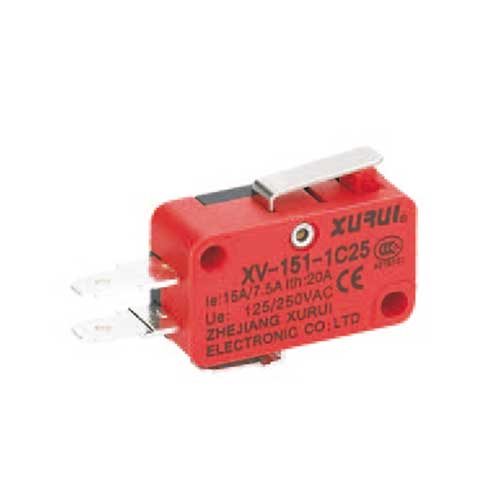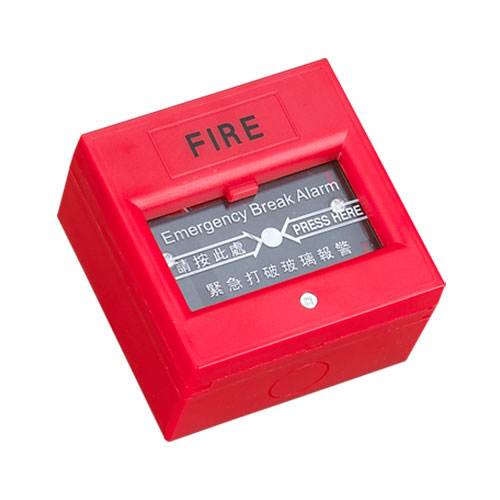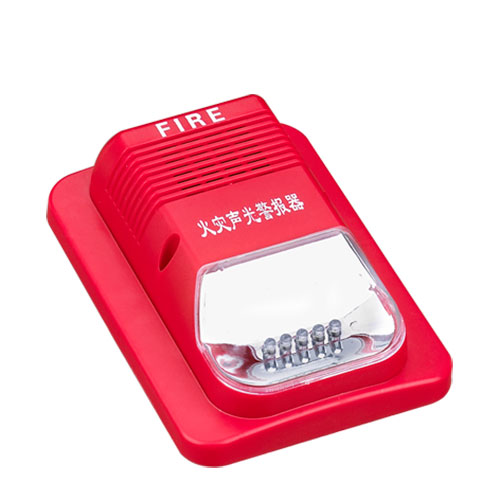A reed switch is a small yet highly reliable electrical component that plays a crucial role in sensing and switching applications. Known for its simplicity, durability, and contactless operation, it is widely used in various industries such as electronics, automotive, security, and telecommunications.
What is a Reed Switch?
A reed switch is an electromechanical device that operates through magnetic fields. It consists of two thin, ferromagnetic metal reeds enclosed in a sealed glass tube. These reeds act as electrical contacts that open or close when exposed to a magnetic field. Because the contacts are hermetically sealed, reed switches are protected from dust, moisture, and other environmental contaminants, ensuring long-lasting performance and reliability.
How Do Reed Switches Work?
Reed switches function based on the principle of magnetic induction. When a magnetic field (from a permanent magnet or an electromagnet) approaches the switch, the reeds inside the glass capsule become magnetized and attract each other, closing the electrical circuit. When the magnetic field is removed, the reeds demagnetize and separate, opening the circuit.
This simple mechanism allows reed switches to perform non-contact switching, which minimizes mechanical wear and enables reliable operation even in harsh or hazardous environments.
Reed Switch Applications
Reed switches are versatile and used across many applications due to their compact design and precise magnetic response:
-
Security Systems: Used in door and window sensors to detect openings or intrusions.
-
Automotive Industry: Monitor functions such as brake fluid levels, seat belt sensors, and anti-lock braking systems.
-
Consumer Electronics: Common in smartphones, laptops, and appliances for lid closure detection or magnetic charging docks.
-
Industrial Automation: Serve as position and speed sensors in machines and conveyor systems.
-
Medical Equipment: Used in fluid level detection and precise motion sensing without contamination risk.
Reed Switch Types
Reed switches come in different configurations depending on their intended function:
-
Normally Open (NO): The contacts remain open until a magnetic field closes them.
-
Normally Closed (NC): The contacts remain closed until a magnetic field opens them.
-
Changeover (SPDT): Contains both NO and NC contacts, allowing switching between two circuits.
Each type is designed to suit specific control and sensing needs in electronic or electromechanical systems.
Reed Switch Life Expectancy
One of the key advantages of reed switches is their long operational life. Because they rely on magnetic actuation rather than mechanical friction, they can achieve up to 1 billion switching cycles under optimal conditions. Their sealed construction also ensures resistance to environmental factors, making them ideal for long-term use in critical applications.
Conclusion
Reed switches may be small in size, but their impact in modern technology is significant. From ensuring home security to enhancing vehicle safety and powering industrial automation, they offer a simple, efficient, and durable solution for magnetic sensing and switching. Whether used in consumer devices or industrial equipment, reed switches continue to be a fundamental component in the world of smart electronics and automation.










